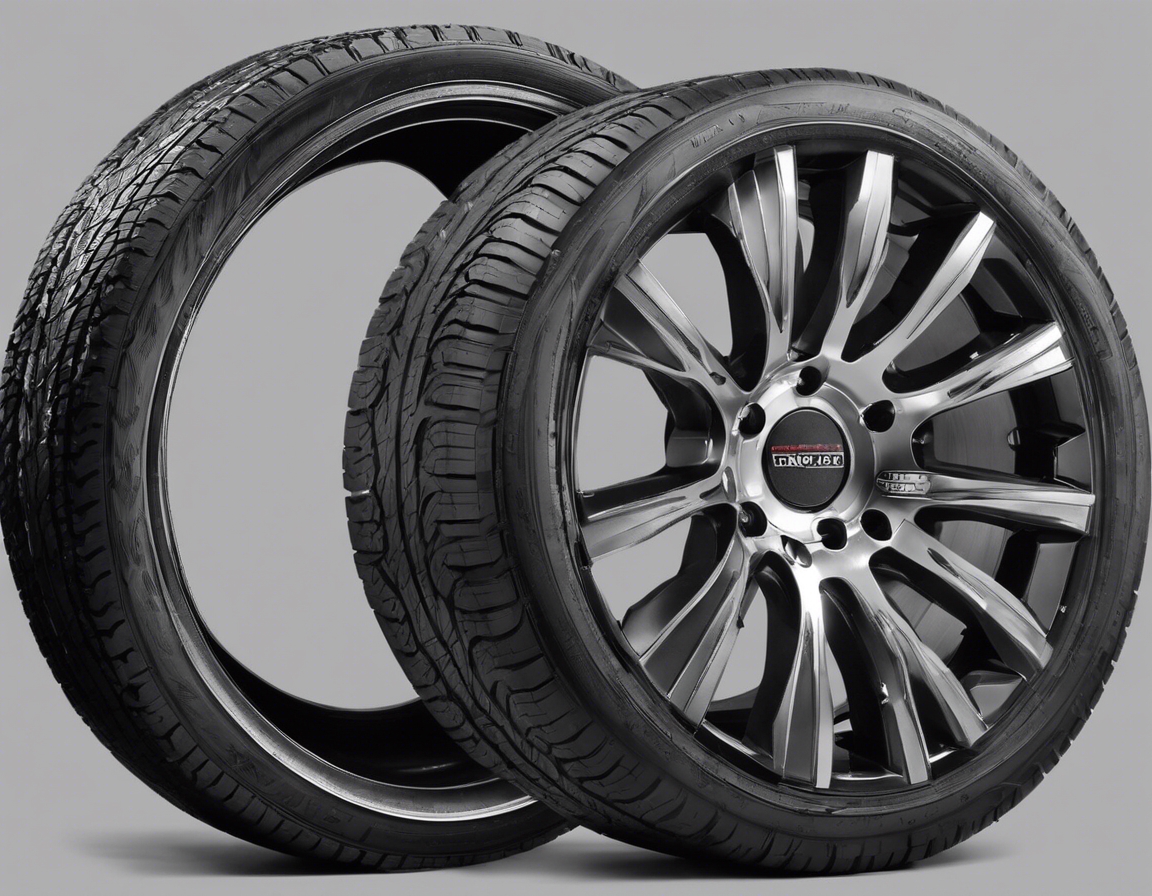How to choose the right tires for your car
Choosing the right tires for your car begins with understanding the different types available. There are all-season tires, which are designed to perform well in a variety of conditions, summer tires for high performance in warm weather, winter tires for superior grip in snow and ice, and all-terrain tires for off-road adventures. Each type has its own set of characteristics tailored to specific driving conditions.
It's crucial to select the correct tire size for your vehicle. This information can be found on the sidewall of your current tires or in your vehicle's owner's manual. The size includes width, aspect ratio, and diameter. Additionally, you should understand load index and speed rating, which indicate the tire's carrying capacity and maximum speed capability.
Tires come with labels that provide information about fuel efficiency, wet grip, and noise levels. These ratings help you compare tires and choose one that meets your preferences for performance and comfort.
Assessing Your Driving Needs
Consider the climate and weather conditions in your area. If you live in a region with harsh winters, investing in a set of winter tires may be necessary. Conversely, if you're in a warm climate, summer tires might be more appropriate.
Your driving habits also play a significant role in tire selection. Frequent long-distance travel, city driving, or off-roading all require different tire features for optimal performance and safety.
Performance vs. Economy
Performance tires are designed for drivers who prioritize handling and agility. They typically have a softer rubber compound for better grip but may wear out faster than economy tires.
Economy tires are a more cost-effective option, offering longer tread life and better fuel efficiency. They are ideal for drivers who want a reliable tire without the premium price tag.
Safety Considerations
The tread depth and pattern of a tire affect its traction and ability to disperse water. Adequate tread depth is essential for preventing hydroplaning and maintaining grip in wet conditions.
Choosing a tire with the appropriate load capacity and speed rating is vital for your safety. Overloading tires or driving at speeds higher than their rated capability can lead to tire failure.
Brand and Warranty
Researching brands and reading customer reviews can provide insight into the quality and performance of tires. Look for brands with a strong reputation for durability and customer satisfaction.
Warranties and guarantees vary by manufacturer and can affect the long-term value of your tires. Consider the coverage offered for tread life, materials, and workmanship.
Cost vs. Value
While the initial cost is an important factor, consider the long-term value of the tires. Higher-quality tires may have a higher upfront cost but can save you money in the long run through better fuel efficiency and longer wear life.
Investing in higher-quality tires is advisable if you prioritize safety, performance, and longevity. They can offer better handling, shorter braking distances, and more comfort during your drives.






Comments (0)